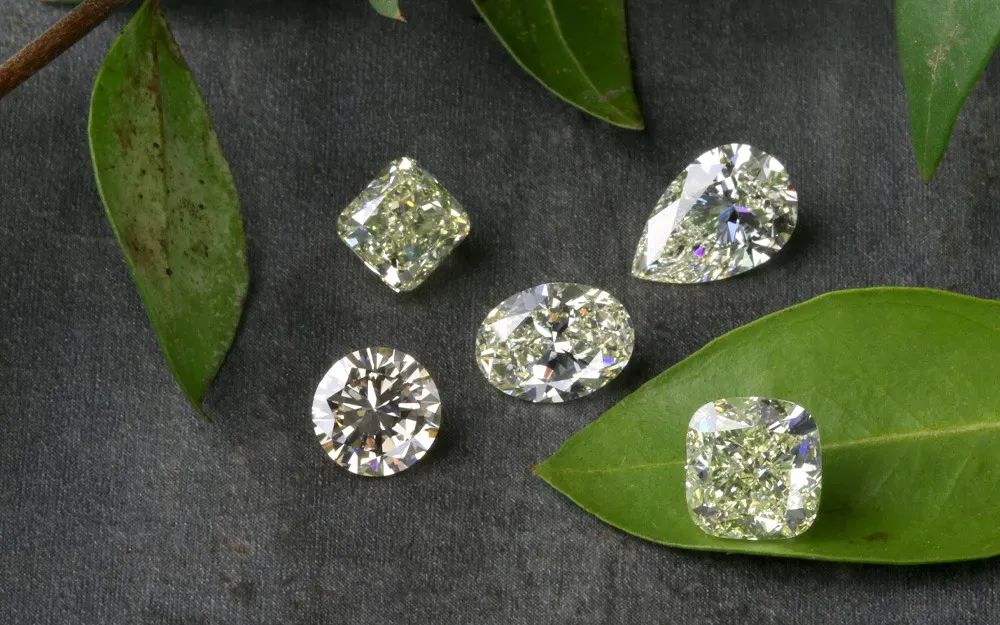In recent years, lab grown diamonds have surged in popularity, revolutionizing the diamond industry. As consumers become more environmentally conscious and seek ethical alternatives to traditional diamonds, lab grown diamonds guides emerged as a compelling option. This article provides an in-depth look at lab grown diamonds, including what they are, how they differ from natural diamonds, and the benefits of choosing them.
What Are Lab Grown Diamonds?
Lab grown diamonds, as the name suggests, are diamonds that are created in a laboratory setting rather than being mined from the earth. These diamonds are produced using advanced technological processes that replicate the natural conditions under which diamonds form. The two main methods used to create lab grown diamonds are High Pressure High Temperature (HPHT) and Chemical Vapor Deposition (CVD). Both methods result in diamonds that are chemically, physically, and optically identical to natural diamonds, making them an attractive option for consumers.
The Difference Between Lab Grown Diamonds and Natural Diamonds
Understanding the difference between lab grown diamonds and natural diamonds is crucial for consumers. While both types of diamonds share the same chemical composition—carbon—lab grown diamonds are created in a controlled environment. Natural diamonds, on the other hand, take millions of years to form under extreme heat and pressure deep within the Earth. This difference in origin is significant for consumers who are looking to make ethical choices. Lab grown diamonds often have a lower environmental impact and are free from the ethical concerns associated with diamond mining.
Why Choose Lab Grown Diamonds?
There are several compelling reasons to choose lab grown diamonds over traditional natural diamonds. One of the primary benefits is cost. Lab grown diamonds are generally 20% to 40% cheaper than their natural counterparts, making them an excellent choice for budget-conscious consumers. Additionally, lab grown diamonds offer greater flexibility in terms of size and quality. Since they can be created to meet specific requirements, consumers can often find the perfect diamond for their needs without breaking the bank.
The Environmental Impact of Lab Grown Diamonds
Another important aspect of lab grown diamonds is their environmental impact. The diamond mining industry is known for its significant ecological footprint, including habitat destruction, soil erosion, and water pollution. In contrast, lab grown diamonds are produced with a minimal environmental impact. By choosing lab grown diamonds, consumers are making a more sustainable choice that helps preserve natural ecosystems.
The Ethical Considerations of Lab Grown Diamonds
For many consumers, the ethical implications of diamond sourcing are a major concern. Traditional diamond mining has been associated with human rights violations and exploitation in some regions of the world. Lab grown diamonds eliminate these ethical dilemmas, as they are produced in controlled environments where labor practices can be monitored. This makes lab grown diamonds an appealing option for those who prioritize ethical consumption.
How to Choose the Right Lab Grown Diamond
When it comes to selecting a lab grown diamond, there are several factors to consider. First, educate yourself on the Four Cs of diamonds: Carat, Cut, Color, and Clarity. These criteria apply equally to lab grown diamonds and natural diamonds. Understanding these factors will help you choose a diamond that meets your aesthetic and budgetary needs.
In addition to the Four Cs, consider the certification of the lab grown diamond. Reputable labs, such as the Gemological Institute of America (GIA) and the International Gemological Institute (IGI), provide grading reports that offer valuable insights into the diamond’s quality. A certified lab grown diamond ensures that you are purchasing a product that meets industry standards.
The Future of Lab Grown Diamonds
As consumer demand for ethical and sustainable products continues to grow, the future of lab grown diamonds looks promising. Innovations in technology are making it easier and more efficient to produce high-quality diamonds, which may further reduce prices. Additionally, as more consumers become aware of the benefits of lab grown diamonds, it’s likely that these stones will become a staple in the jewelry market.
Conclusion
In conclusion, lab grown diamonds represent a significant shift in the diamond industry. They offer consumers a cost-effective, ethical, and environmentally friendly alternative to natural diamonds. By choosing lab grown diamonds, you are not only investing in a beautiful piece of jewelry but also making a responsible choice that reflects your values. Whether you are looking for an engagement ring, a gift, or a personal indulgence, lab grown diamonds provide an excellent option that aligns with the modern consumer’s priorities. As awareness and acceptance of lab grown diamonds continue to grow, they are poised to become the preferred choice for a new generation of buyers.



